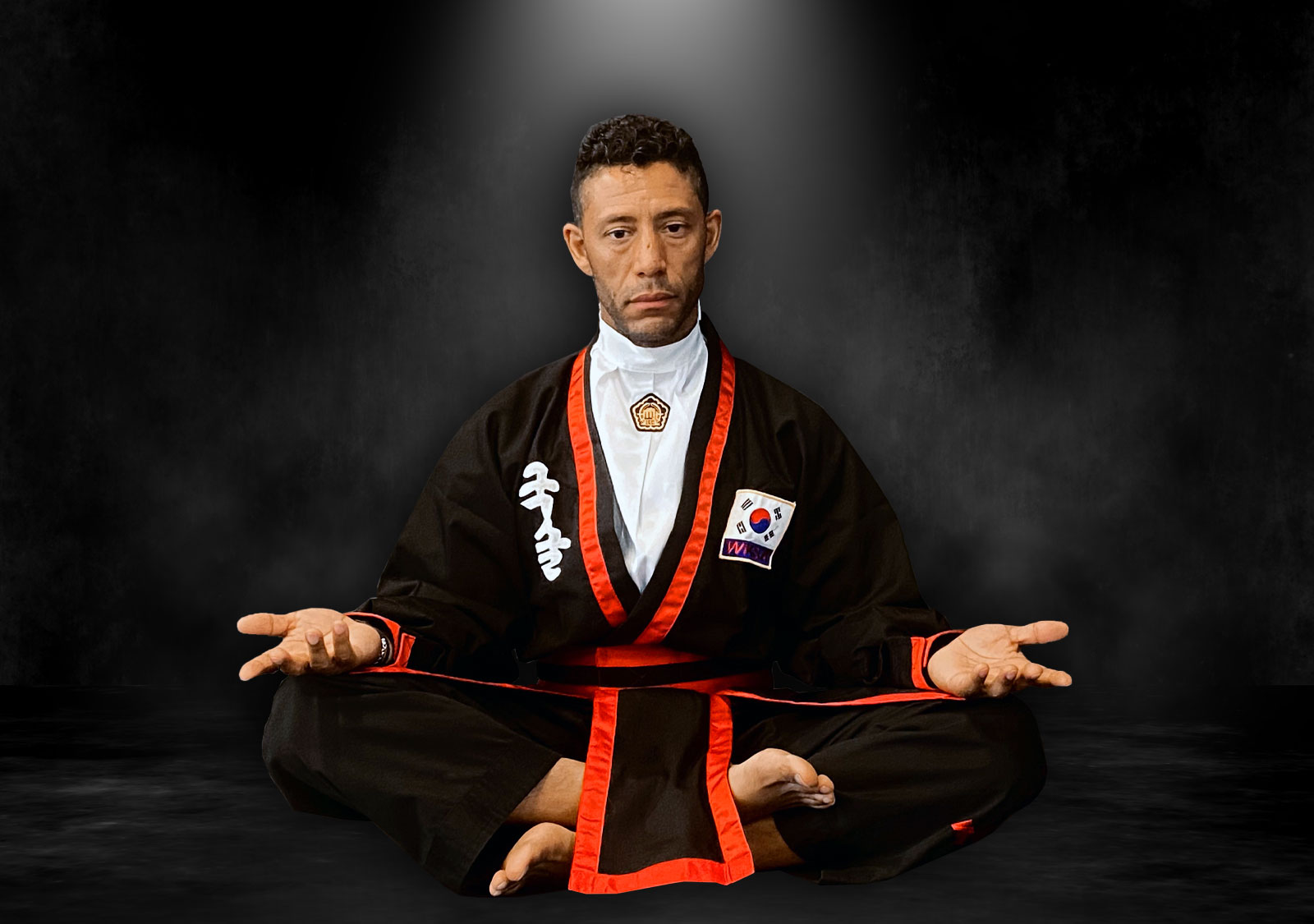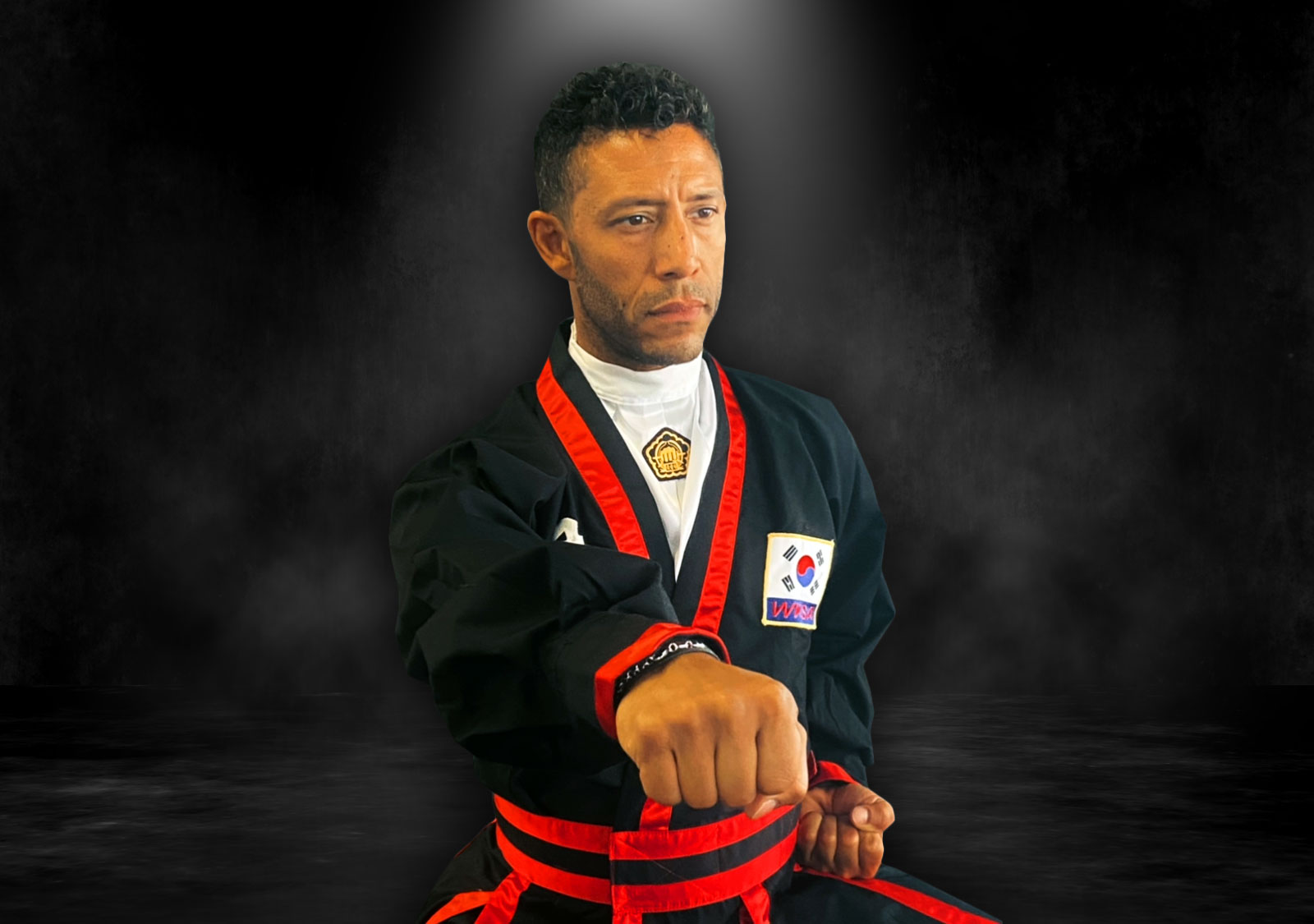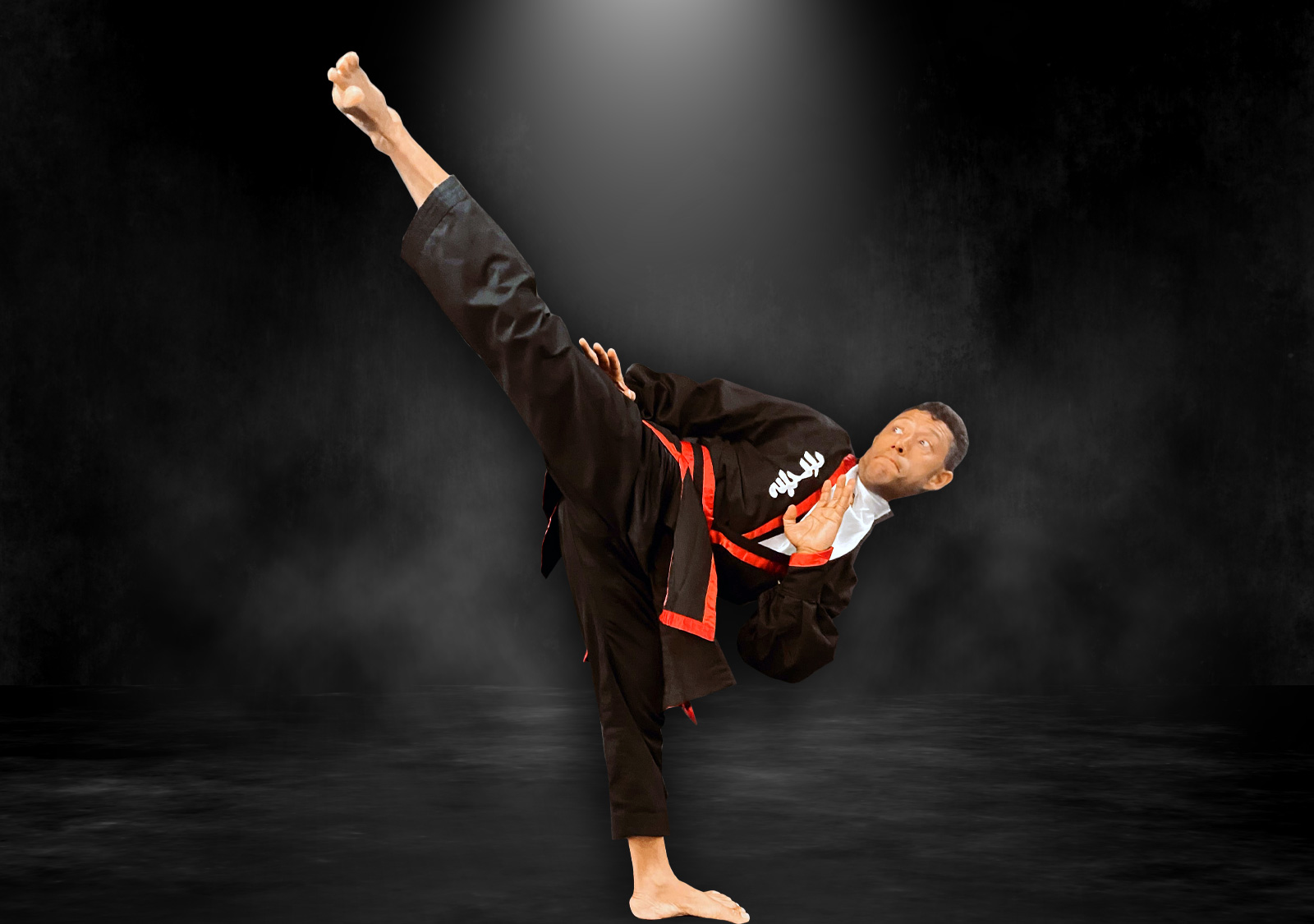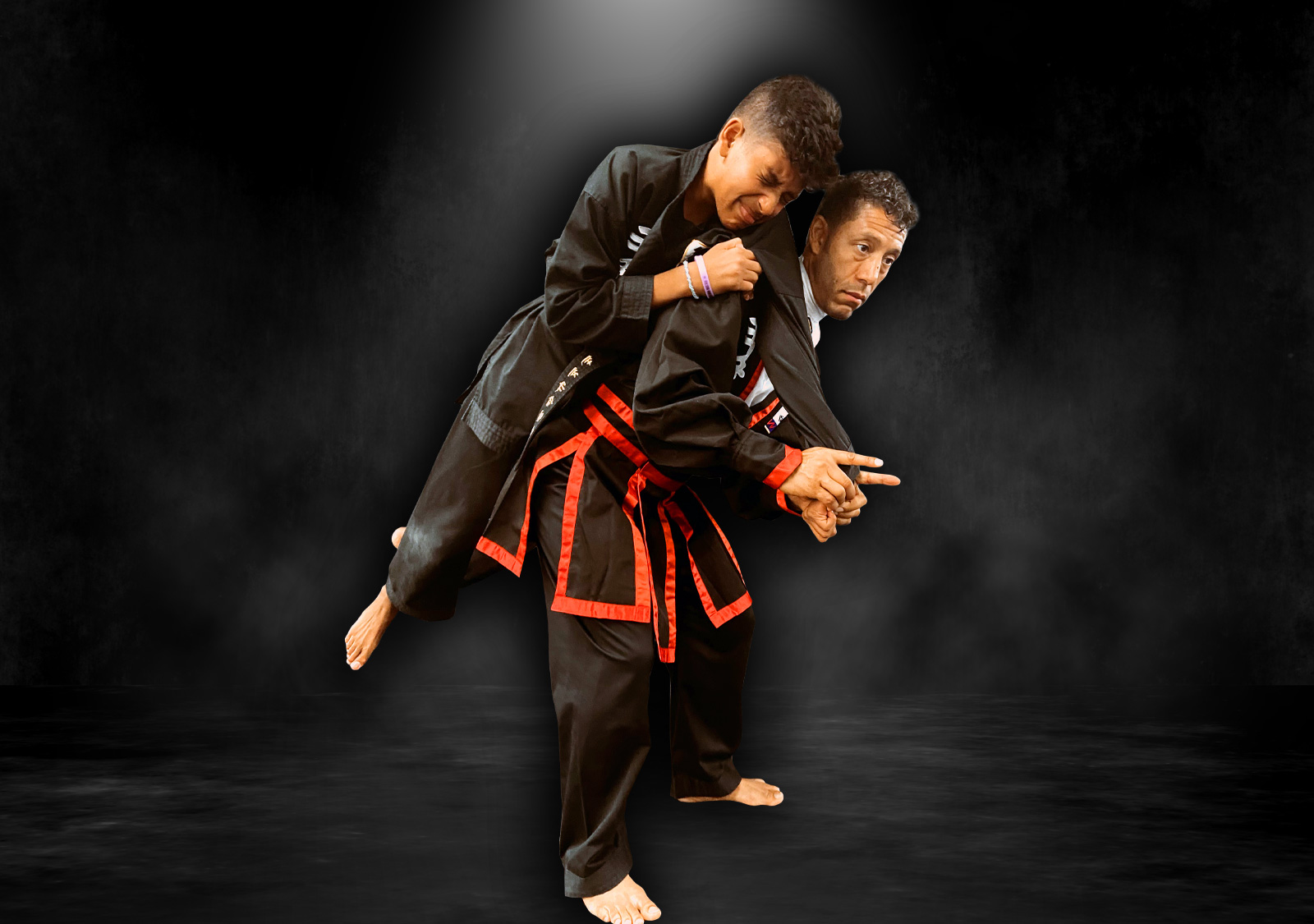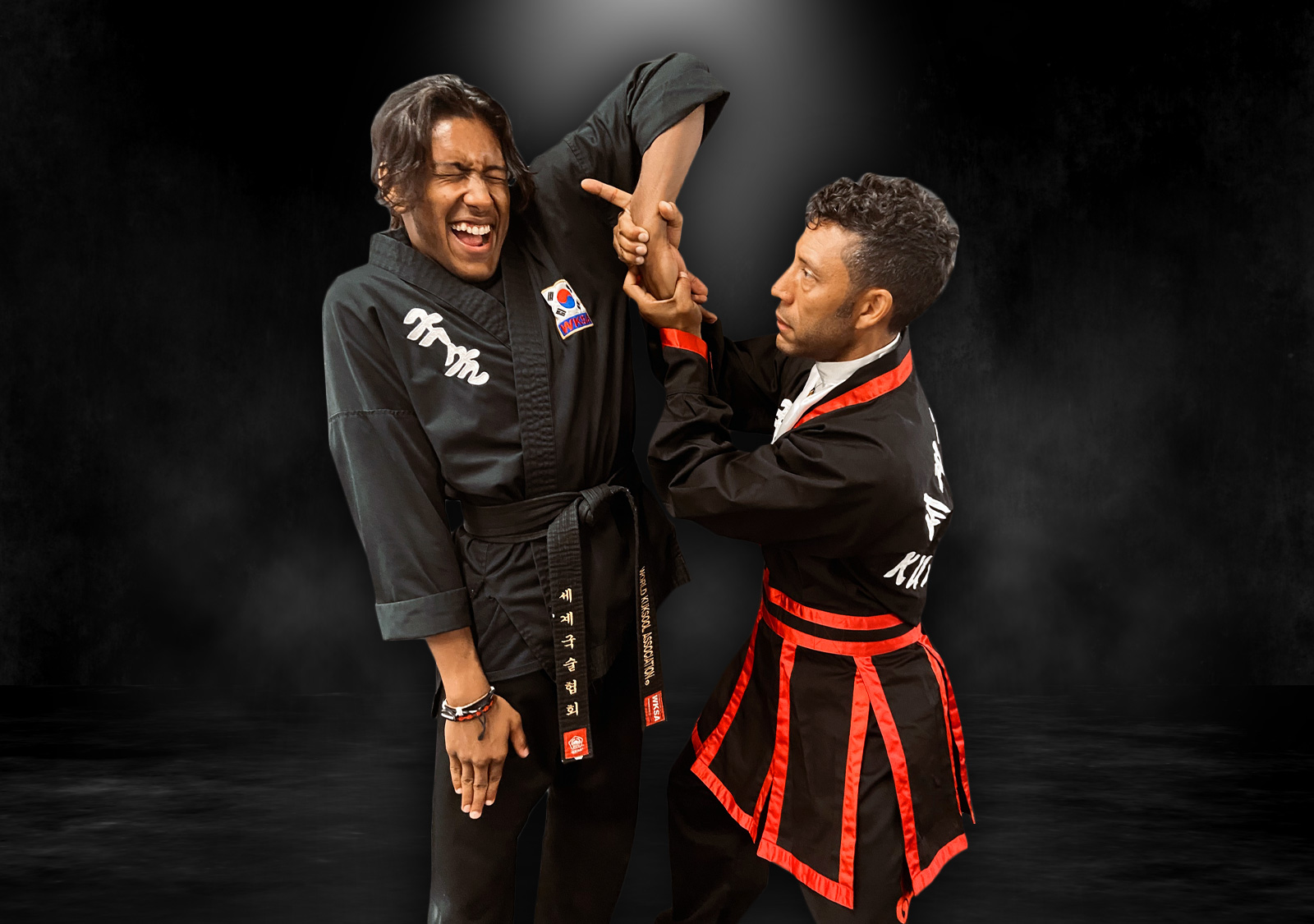What is Kuk Sool Won?
Kuk Sool Won™ is a systematic study of all of the traditional fighting arts, which together comprise the martial arts history of Korea. Kuk Sool Won™ is extremely well-organized; it integrates and explores the spectrum of established Asian fighting arts and body conditioning techniques, along with mental development and traditional weapons training.
The following list includes some of the elements of Kuk Sool Won™.
Kuk Sool Won™ covers an extensive variety of martial art techniques.
Kuk Sool Won™ encompasses more than just attack and defense techniques. It also incorporates healing methods, internal power development, and mental training. Mental development plays a significant role, fostering self-confidence, self-discipline, and a calm sense of assurance. It cultivates the psychological and spiritual values commonly associated with martial artists.
Kuk Sool Won™ has deep roots in ancient Korean traditions, making it important to understand its history and foundations alongside the physical techniques. This knowledge allows students to grow in their martial arts journey through our programs.
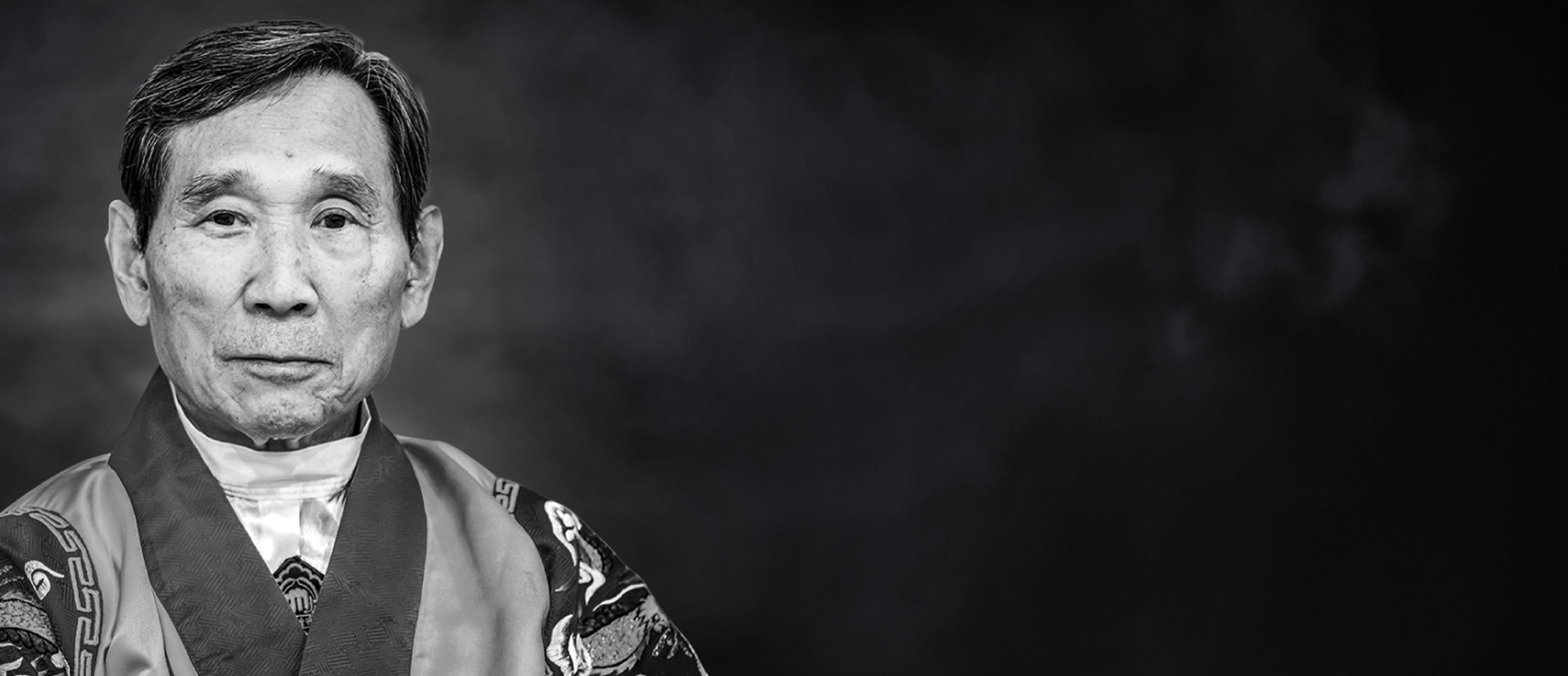

Any distinction or honor granted to me or to any member of this organization is a credit to the organization as a whole, including all the individuals who make up this vast organization.
- In Hyuk Suh

Ancient History
The history of Korean martial arts dates back to prehistoric times, when wooden and stone weapons were used for hunting and fighting. In 2707 BC, the legendary warlord Chi-Woo, also known as Jaoji, was revered as the "god of war" in what is now Mainland China. Over time, Koreans migrated to the Korean Peninsula where they faced numerous foreign invasions, leading to the development of distinctive martial arts and military strategies for self-defense. These martial arts can be classified into four main groups: Tribal, Buddhist, and Royal Court and Traditional Martial Arts.
The development of each of these three branches is briefly described below:
Tribal Martial Arts (SahDoh MuSool)
The earliest martial arts in Korea, known as SahDoh MuSool, were tribal, clan, or family martial arts passed down through generations. They were popular among ancient tribes, city-states, and smaller kingdoms in Korea and parts of China. SahDoh MuSool was later developed and spread through voluntary militias and traditional athletic activities like Taekkyon and Ssireum. Techniques from SahDoh MuSool can be traced back to the popular Olympic sport of TaeKwonDo.
Buddhist Martial Arts (BoolKyo MuSool)
After Buddhism's introduction to Koguryo in the year 347, a unique martial art called BoolKyo MuSool emerged. The Buddhist monks and Martial Artists developed and practiced BoolKyo MuSool to improve their health and be equipped with self-defense techniques, while meditating and traveling. This martial art encompasses internal training, focusing on special breathing and meditation techniques, as well as external training, incorporating highly effective self-defense methods. Skilled Buddhist monks were occasionally enlisted to form armies of warrior monks during national crises. Today, BoolKyo MuSool remains significant in Korean martial arts; teaching non-violence, compassion, and ethical codes like the Five Precepts of the HwaRang warriors.
Royal Court Martial Arts (KoongJoong MuSool)
Kings, royal families, and government officials had private armies and bodyguards who practiced a martial art called KoongJoong MuSool. These martial arts in the royal court led to the development of portable weapons like short swords and folding fans, along with weaponless techniques involving joint-locking and pressure point striking. Some of these techniques even made their way to Japan and contributed to the birth of Jujitsu.
King JinHung of the Kingdom of Silla encouraged the HwaRang warriors to practice KoongJoong MuSool alongside their other martial arts training. However, the later Korean kings in the Koryo Dynasty and Chosun Dynasty discouraged martial arts, prohibiting weapon possession to prevent military rebellion or political uprisings.
Despite this, Korean martial arts have continued to flourish thanks to dedicated practitioners who have documented and preserved these valuable techniques.
Traditional Korean Martial Arts (Kuk Sool)
The three branches of traditional Korean martial arts, SahDoh MuSool, BoolKyo MuSool, and KoongJoong MuSool, were combined by In-hyuk Suh in 1958 to create Kuk Sool Won™. It is a system that incorporates techniques from these branches and guides practitioners from beginner to Master level. Kuk Sool Won™ is widely recognized for its effectiveness and comprehensiveness and has been promoted globally by the World Kuk Sool Association®.
Modern History
The current Martial Arts system known as Kuk Sool Won™ traces its origins back to the dissolution of the Korean Royal Court in 1910, by the occupying Japanese forces. During this period of foreign rule, the Japanese suppressed various aspects of Korean culture, including the traditional martial arts.
Many martial art instructors, including Myung-duk Suh, were forced into hiding. Before Japan took over, Suh taught three types of Korean martial arts: Kwun Sool (a kicking and hard-punching style), Yoo Sool (a soft style focusing on joint-locking and throwing techniques), and Yoo-Kwun Sool (a combination of the two). These martial art techniques were kept a secret and strictly forbidden by the Japanese government.
Despite the threat of severe punishment, Suh practiced and taught in secrecy, passing down his knowledge within his immediate family. Eventually, he selected one child to inherit his immense martial art knowledge, marking the preservation of a tradition that spanned 16 generations.

The future founder of Kuk Sool Won™.
In his early childhood, Suh began a serious martial arts education at the age of five. His training continued without disruption until the Korean conflict, when his grandfather, a renowned master instructor of the Korean Royal Court, was tragically killed by North Korean soldiers. However, with his grandfather's foresight, arrangements were made to ensure that his training would continue. Armed with letters of introduction and his grandfather's esteemed reputation, Suh gained access to various instructors who would have otherwise remained inaccessible.
Over the years, he traveled to countless Buddhist temples and private martial art teachers, with an aim to learn the diverse teachings of Korean martial arts. This was a challenging pursuit, as Buddhist temples safeguarded ancient training books instead of serving as training grounds. The books, protected from Japanese confiscation or destruction, had been mostly forgotten and required diligent searching and discovery by Suh.
Ready to Begin your Journey?
Click below to join our program and take advantage of a


